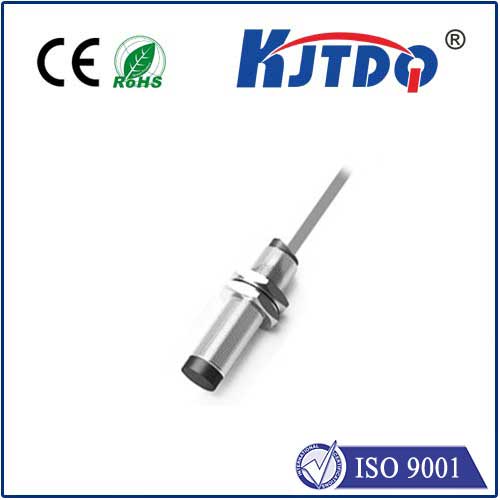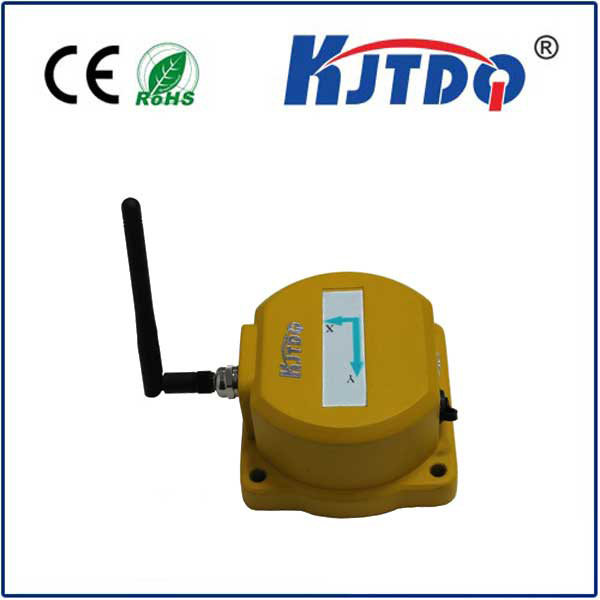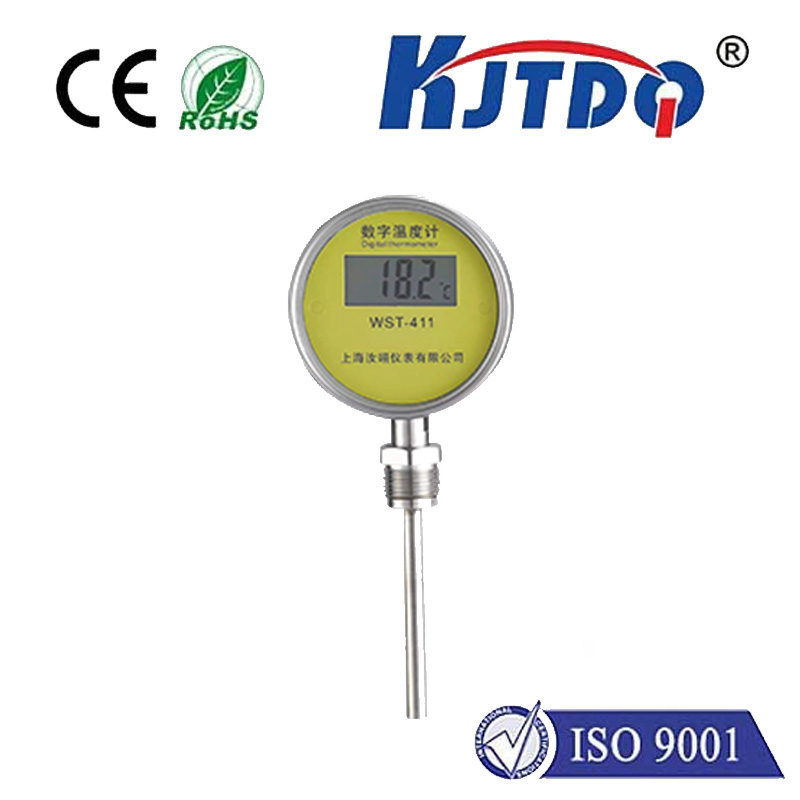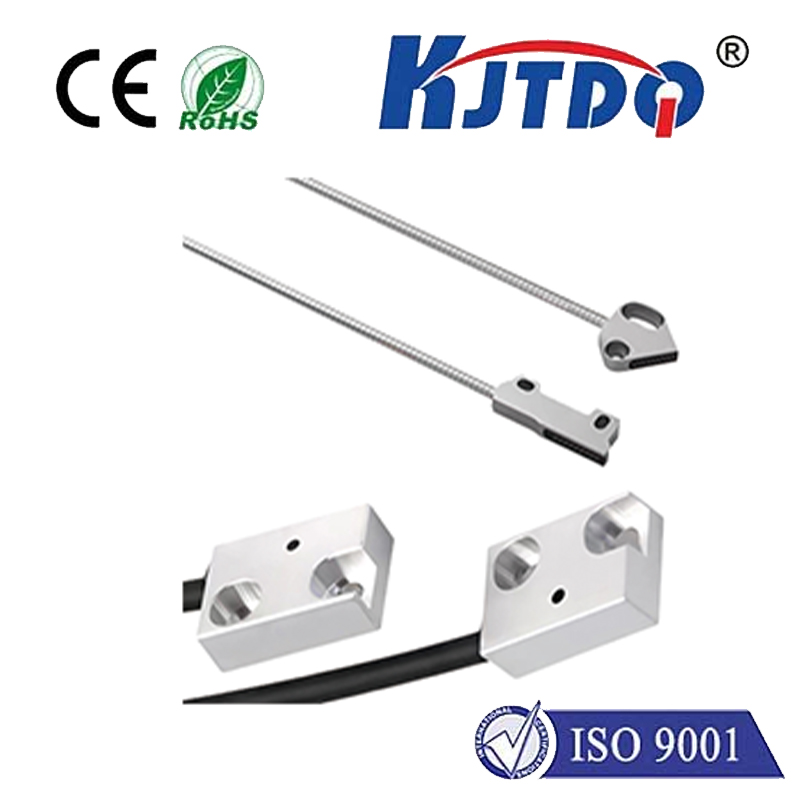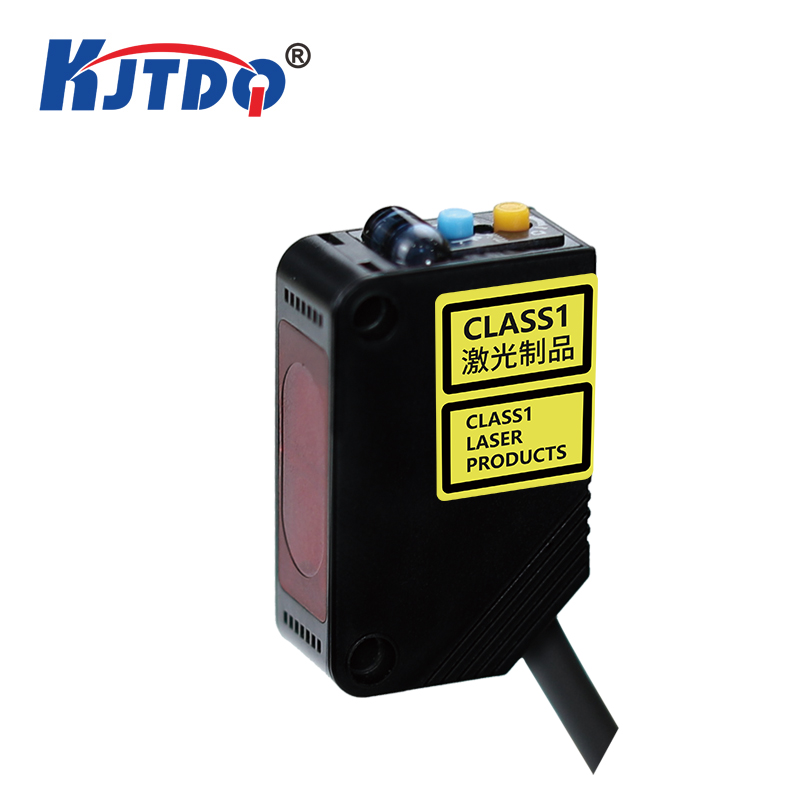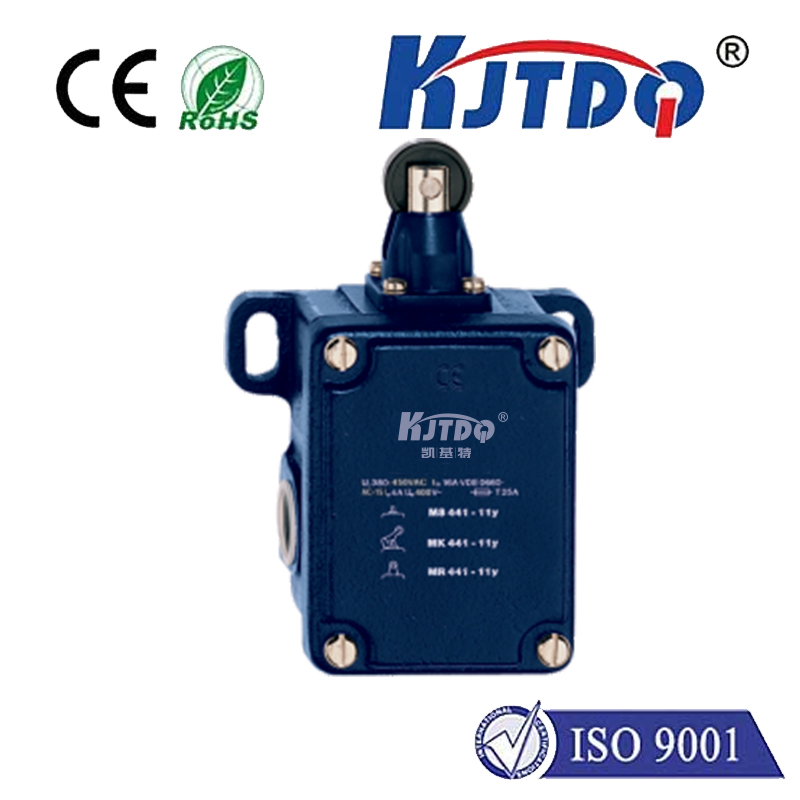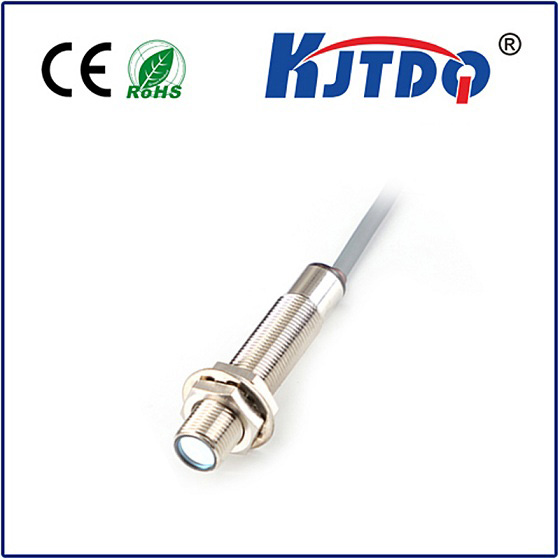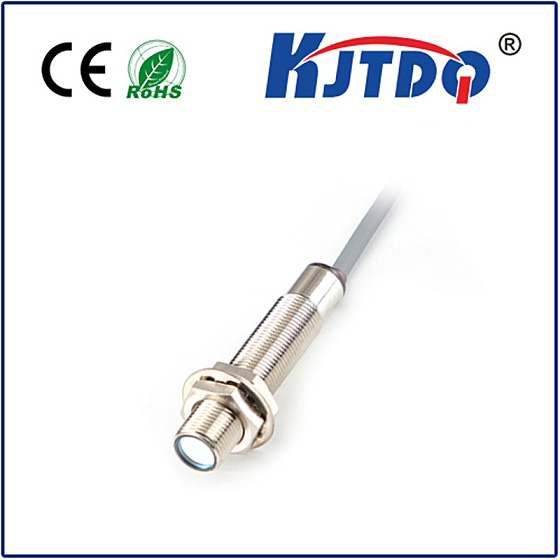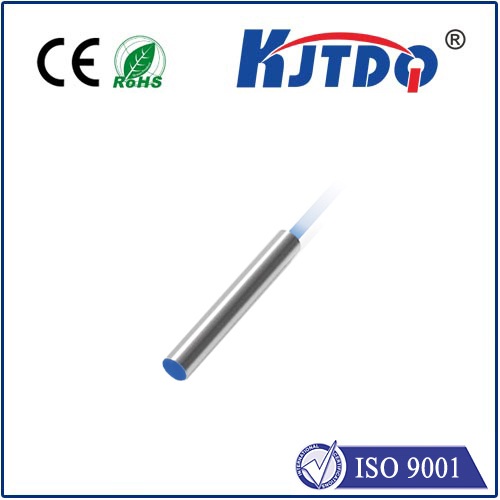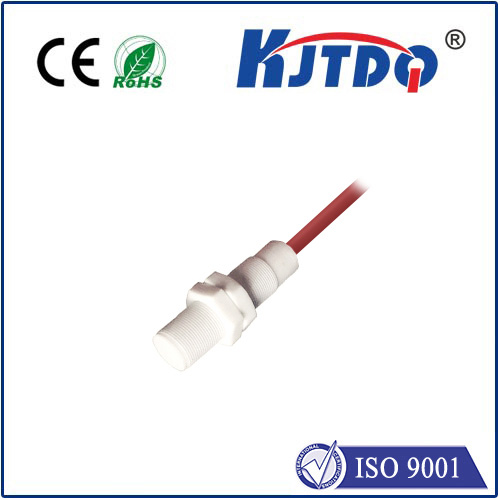smart optical sensors
- time:2025-08-15 03:02:58
- Нажмите:0
Smart Optical Sensors: Revolutionizing Data Acquisition Through Intelligent Light Detection
Forget clunky dials and basic switches. Imagine devices that don’t just see, but understand their environment through light, making split-second decisions autonomously. This is the transformative reality driven by smart optical sensors. Moving far beyond simple photodetectors, these advanced systems integrate sophisticated optical sensing capabilities with embedded intelligence, opening unprecedented possibilities across countless industries.
At their core, smart optical sensors convert light – visible, infrared, ultraviolet, or beyond – into meaningful electrical signals. But the magic lies in what happens next. Unlike their “dumb” predecessors that simply output raw data, smart sensors incorporate microprocessors, digital signal processing (DSP), and often artificial intelligence (AI) or machine learning (ML) algorithms directly on the device. This enables:
- Real-time Analysis & Decision-Making: Processing data at the edge, minimizing latency and bandwidth needs.
- Pattern Recognition & Object Identification: Recognizing specific shapes, colors, defects, or gestures.
- Adaptive Calibration & Compensation: Self-adjusting for environmental changes like temperature drift or ambient light interference.
- Predictive Maintenance: Analyzing subtle changes over time to forecast potential sensor or equipment failure.
- Enhanced Accuracy & Reliability: Filtering noise and extracting the most relevant information from complex optical signals.
Core Technologies Powering Optical Intelligence
Several key technologies converge to create these intelligent systems:

- Advanced Photodetectors: Utilizing high-sensitivity materials like advanced CMOS, CCDs, InGaAs (for IR), or emerging technologies like perovskite-based detectors, covering a broad spectral range with high resolution.
- Integrated Optics & MEMS: Miniaturized optical components (lenses, filters, waveguides) and Micro-Electro-Mechanical Systems (MEMS) enable precise light manipulation and beam steering in compact form factors crucial for portable or embedded applications.
- Edge Computing: The critical shift from centralized cloud processing to localized computation. Embedded processors (MCUs, FPGAs, dedicated AI accelerators) handle complex tasks directly on the sensor module.
- AI/ML Algorithms: From basic anomaly detection to sophisticated deep learning models (like CNNs for image recognition), these algorithms are often optimized to run efficiently on the constrained resources of the sensor itself, enabling true intelligence at the point of sensing.
Unlocking Value Across Diverse Applications
The integration of intelligence transforms optical sensing technology into a powerful enabler:
- Advanced Manufacturing & Quality Control: Smart vision systems perform real-time, high-speed inspection on production lines, detecting microscopic defects in products, verifying component placement, or ensuring precise robotic guidance with unprecedented accuracy and speed. Predictive maintenance algorithms analyze subtle vibration patterns detected optically.
- Automotive & Autonomous Systems: LiDAR sensors with embedded processing are essential for environmental mapping and obstacle detection in self-driving cars. In-cabin sensors monitor driver alertness through gaze tracking and pupil analysis. Adaptive headlights and high-dynamic-range (HDR) cameras enhance safety.
- Precision Agriculture: Smart spectral sensors mounted on drones or tractors analyze crop health by detecting specific light reflectance signatures associated with nutrient deficiencies, water stress, or disease, enabling targeted interventions and optimizing resource use.
- Healthcare & Life Sciences: Point-of-care diagnostics use smart optical sensors for rapid blood analysis or biomarker detection. Wearable devices monitor vital signs like blood oxygen saturation (SpO2) and heart rate photoplethysmographically. Lab-on-a-chip systems integrate optical detection for sensitive biological assays. Continuous glucose monitoring relies heavily on miniaturized, intelligent optical probes.
- Environmental Monitoring: Networks of smart optical sensors track air quality (particulate matter, specific gases via absorption spectroscopy), water pollution levels, and detect hazardous leaks with high sensitivity and autonomous reporting capabilities.
- Consumer Electronics & Smart Homes: Advanced facial recognition and gesture control in smartphones and security systems. Ambient light sensors dynamically adjust display brightness and color temperature. Smart lighting systems optimize illumination based on occupancy and natural light levels. Touchless interfaces gain robustness through intelligent proximity and gesture sensing.
- Security & Surveillance: Intelligent video analytics go beyond recording, enabling automatic detection of specific objects, suspicious behaviors, or unauthorized access attempts directly on the camera.
The Tangible Benefits Driving Adoption
The shift towards smart optical sensors delivers concrete advantages:
- Enhanced Efficiency & Productivity: Automation of complex inspection and monitoring tasks, freeing human resources and accelerating processes.
- Improved Accuracy & Reliability: Reduced false positives/negatives through intelligent data filtering and contextual understanding.
- Cost Savings: Reduced bandwidth costs (less raw data transmitted), minimized downtime through predictive maintenance, and optimized resource usage (e.g., in agriculture or manufacturing).
- Increased Safety: Enabling safer autonomous systems, earlier hazard detection, and improved situational awareness.
- Enabling Novel Applications: Making previously impossible tasks feasible, such as real-time hyperspectral imaging for material sorting or portable medical diagnostics.
- Scalability: Easier deployment of large sensor networks where localized intelligence handles initial processing.
Navigating the Future Landscape
The evolution of smart optical sensors continues rapidly. Key trends include:
- Miniaturization & Power Efficiency: Shrinking footprints and ultra-low-power designs are critical for wearables and IoT integration.
- Multi-Spectral & Hyperspectral Imaging: Expanding beyond simple RGB or IR to capture detailed spectral fingerprints for richer material analysis.
- Enhanced On-Sensor AI: Development of more powerful, energy-efficient AI chips specifically designed for integration into optical sensor packages.
- Sensor Fusion: Combining optical data with inputs from other sensor types (e.g., inertial, temperature, acoustic) to create a more comprehensive and robust understanding of the environment.
- Improved Robustness & Security: Ensuring reliability in harsh environments and safeguarding sensor data and AI models from cyber threats.
From the factory floor to the farm field, from our hospitals to our homes and vehicles, smart optical sensors are quietly transforming how machines perceive and interact with the world. By embedding intelligence directly where light meets silicon, they are creating systems that are not just reactive, but truly perceptive, adaptive, and capable of driving significant advancements in efficiency, safety, and innovation. This convergence of optics and artificial intelligence is fundamentally reshaping our technological landscape, pixel by intelligent pixel.

